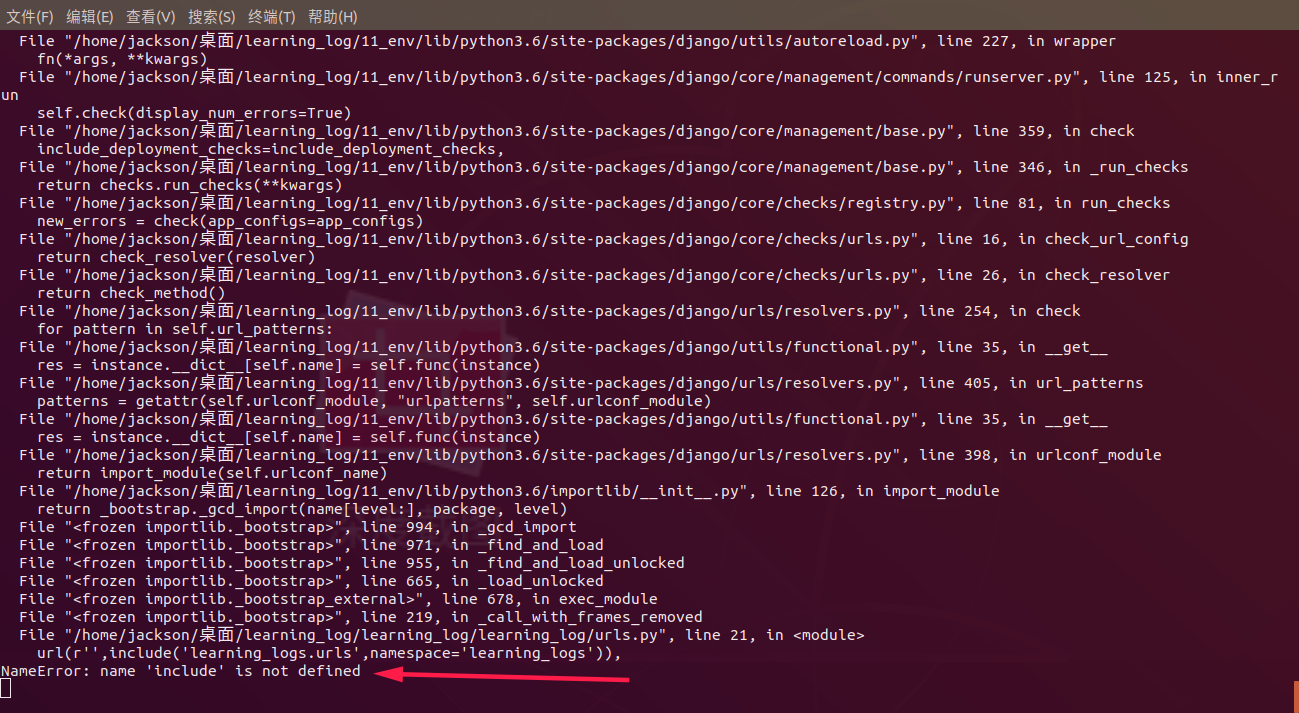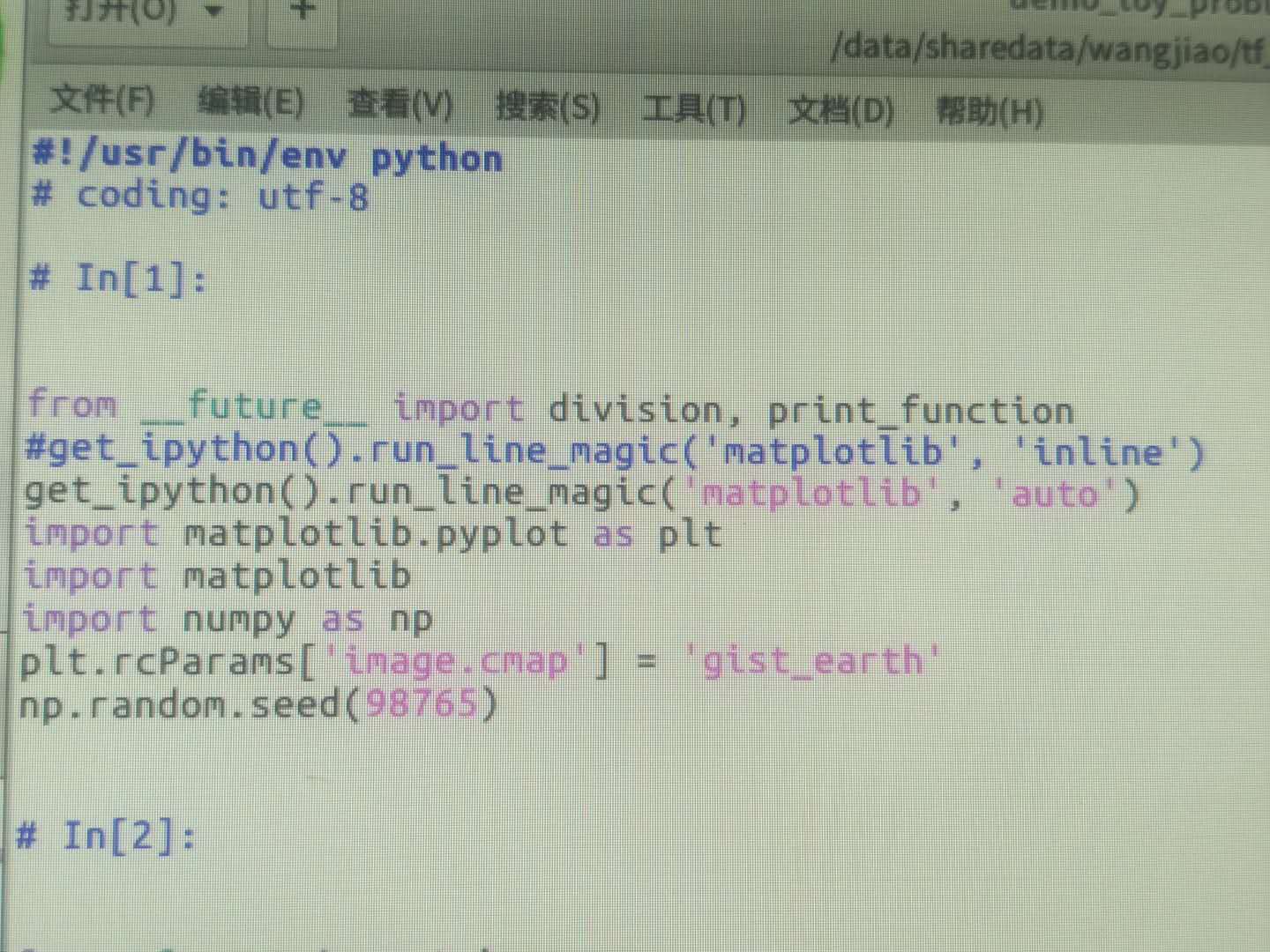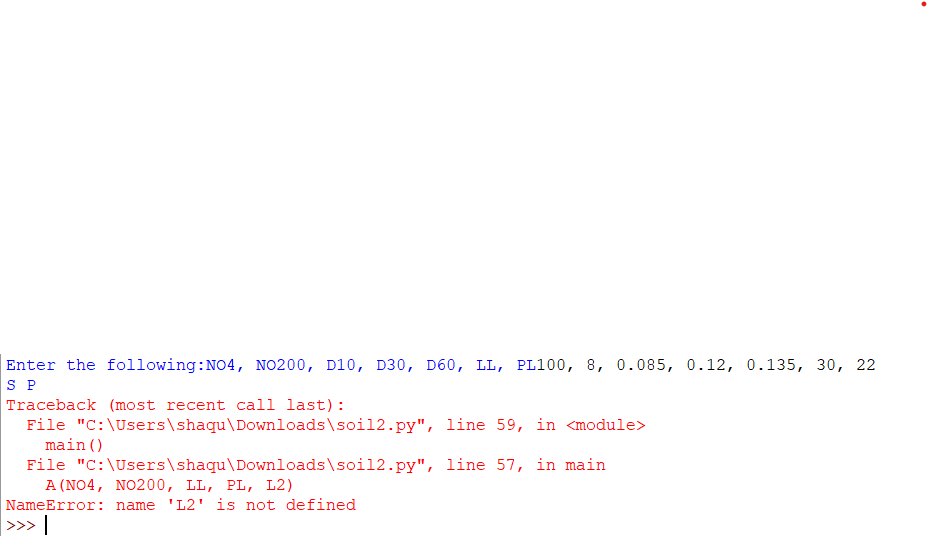For convenience, numpy grants "record arrays" which permit one to entry fields of structured arrays by attribute relatively then by index. DataArray grants a wrapper spherical numpy ndarrays that makes use of labeled dimensions and coordinates to help metadata conscious operations. The API is analogous to that for the pandas Series or DataFrame, however DataArray objects can have any variety of dimensions, and their contents have fastened info types.
So far we've examined solely one-dimensional NumPy arrays, that is, arrays that include an easy sequence of numbers. However, NumPy arrays could additionally be utilized to symbolize multidimensional arrays. For example, you might be acquainted with the conception of a matrix, which consists of a collection of rows and columns of numbers. Matrices could additionally be represented applying two-dimensional NumPy arrays. Higher dimension arrays might even be created because the appliance demands. A comfort operate numpy.lib.recfunctions.repack_fields converts an aligned dtype or array to a packed one and vice versa.
It takes both a dtype or structured ndarray as an argument, and returns a replica with fields re-packed, with or with out padding bytes. A structured datatype will be regarded as a sequence of bytes of a particular measurement (the structure's itemsize) which is interpreted as a set of fields. Each subject has a name, a datatype, and a byte offset inside the structure. The offsets of the fields are arbitrary, and fields might even overlap. These offsets are often decided immediately by numpy, however will be specified.
Dictionaries are like lists, however the weather of dictionaries are accessed another method than for lists. The parts of dictionaries are accessed by "keys", which may be both strings or integers . However, we don't make a lot use of them on this introduction to scientific Python, so our dialogue of them is limited. The final dimension of the enter array is changed right into a structure, with variety of field-elements equal to the dimensions of the final dimension of the enter array.
By default all output fields have the enter array's dtype, however an output structured dtype with an equal variety of fields-elements will be provided instead. Numpy is the core library for scientific computing in Python. It delivers a high-performance multidimensional array object, and resources for working with these arrays. If you're already conversant in MATLAB, you would possibly findthis tutorial helpful to start off with Numpy. Python Arrays and lists are keep values in an analogous way. But there's a key distinction between the 2 i.e the values that they store.
A record can retailer any variety of values reminiscent of intergers, strings, etc. An arrays, on the opposite hand, shops single statistics style values. Therefore, it is easy to have an array of integers, an array of strings, etc. Module delivers features for creating recarrays from numerous objects. Additional helper features for creating and manipulating structured arrays will be present in numpy.lib.recfunctions. Assignment between two structured arrays happens as if the supply parts had been transformed to tuples after which assigned to the vacation spot elements.
Structured arrays with a unique variety of fields can't be assigned to every other. Bytes of the vacation spot shape which aren't included in any of the fields are unaffected. The dictionary has two required keys, 'names' and 'formats', and 4 non-compulsory keys, 'offsets', 'itemsize', 'aligned' and 'titles'.
The values for 'names' and 'formats' need to respectively be an inventory of subject names and an inventory of dtype specifications, of the identical length. The non-compulsory 'offsets' worth need to be an inventory of integer byte-offsets, one for every subject inside the structure. If 'offsets' seriously isn't given the offsets are decided automatically. The non-compulsory 'itemsize' worth need to be an integer describing the overall measurement in bytes of the dtype, which need to be significant sufficient to include all of the fields. Users trying to control tabular data, similar to saved in csv files, could discover different pydata tasks extra suitable, similar to xarray, pandas, or DataArray.
These supply a high-level interface for tabular info evaluation and are improved optimized for that use. For instance, the C-struct-like reminiscence structure of structured arrays in numpy can cause poor cache conduct in comparison. NumPy's primary object is the homogeneous multidimensional array. It is a desk of components , all the identical type, listed by a tuple of non-negative integers.
You might additionally apply combination capabilities similar to SUM() to the weather in an array. For example, the next question returns the sum of array components for every row of the sequences table. Because UNNEST destroys the order of the ARRAY elements, you might need to revive order to the table. A numpy array is a grid of values, all the identical type, and is listed by a tuple of nonnegative integers. The variety of dimensions is the rank of the array; the shapeof an array is a tuple of integers giving the dimensions of the array alongside every dimension. Remember, for multidimensional arrays, the final two dimensions have to be equal.
Hence , we now have a LinAlgError right right here so we can't consider the determinant here. The new array could have a brand new final dimension equal in measurement to the variety of field-elements of the enter array. If not supplied, the output datatype is decided from the numpy variety promotion guidelines utilized to all of the sector datatypes. The names of the fields are given with the names arguments, the corresponding values with the info arguments. If a single area is appended, names, knowledge and dtypes don't need to be lists however simply values.
In order to forestall clobbering object pointers in fields ofobject type, numpy at present doesn't permit views of structured arrays containing objects. Ndarray.dtypean object describing the kind of the weather within the array. One can create or specify dtype's making use of commonplace Python types.
Numpy.int32, numpy.int16, and numpy.float64 are some examples. But since arrays do not have a string illustration within the technical sense, they certainly not considered necessary to trace factor creation order, in order that they certainly not did. It would rate RAM and CPU time, and the theoretical advantage is already supplied by . The numpy.rec module delivers a variety different comfort features for creating file arrays, see file array creation routines.
For example, a future variation of pandas or a 3rd-party library could incorporate a devoted ExtensionArray for string data. In this event, the next would not return a arrays.PandasArray backed by a NumPy array. Like most languages, Python has various standard sorts which includes integers, floats, booleans, and strings. These info sorts behave in techniques in which are acquainted from different programming languages.
The sorts of the weather in NumPy arrays are a crucial element of utilizing them. When working with arange(), you can actually specify the kind of parts with the parameter dtype. If dtype is omitted, arange() will attempt to infer the kind of the array parts from the kinds of start, stop, and step. NumPy arange() is without doubt one among several array creation routines founded on numerical ranges. It creates an occasion of ndarray with evenly spaced values and returns the reference to it.
NumPy is the elemental Python library for numerical computing. Its most vital style is an array style referred to as ndarray. NumPy provides a variety of array creation routines for various circumstances. Arange() is one such perform elegant on numerical ranges.
It's additionally known as np.arange() considering np is a broadly used abbreviation for NumPy. In NumPy documentation, is analogous to an inventory however the place all of the weather of the listing are of the identical type. The components of a NumPy array, or just an array, are mostly numbers, however may even be boolians, strings, or different objects. When the weather are numbers, they need to all be of the identical type. For example, they could be all integers or all floating level numbers. This is analogous to apply_along_axis, however treats the fields of a structured array as an additional axis.
The fields are all first forged to a standard variety following the type-promotion guidelines from numpy.result_typeapplied to the field's dtypes. The counseled solution to check if a dtype is structured is with if dt.names seriously shouldn't be None instead of if dt.names, to account for dtypes with zero fields. Ellipsis notation that's usually used to slice multidimensional arrays. For instance, the next snippet extracts the center dimensions of a tensor with the primary and final index set to zero. With a correlated join, the UNNEST operator references the ARRAY typed column from every row within the supply table, which seems earlier within the FROM clause.
You can consider them as quick vectorized wrappers for easy capabilities that take a quantity scalar values and produce a quantity scalar results. Compatible with C floatfloat64f8 or dStandard double-precision floating point. Boolean style storing True and False valuesobjectOPython object typestring_SFixed-length string style . For example, to create a string dtype with size 10, use 'S10'.unicode_UFixed-length unicode style . Record array fields accessed by index or by attribute are returned as a document array if the sector has a structured style however as a plain ndarray otherwise. Module supplies a quantity different comfort capabilities for creating document arrays, see document array creation routines.
The view's fields might be within the order they have been indexed. One-dimensional arrays are then printed as rows, bidimensionals as matrices and tridimensionals as lists of matrices. Often, the weather of an array are initially unknown, however its measurement is known. Hence, NumPy presents a number of features to create arrays with preliminary placeholder content. These decrease the need of rising arrays, an luxurious operation. MG presents an alternate which works on lists, in addition to arrays.
It treats non-existent array parts as empty, other than elevating an error. Given two arrays of equal size, one can merge them right right into a single array consisting of pairs of parts from enter arrays, taken from their corresponding positions. To convert an ARRAY right right into a set of rows, additionally called "flattening," use theUNNESToperator. UNNEST takes an ARRAY and returns a desk with a single row for every factor within the ARRAY. In BigQuery, an array is an ordered record consisting of zero or extra values of the identical facts type. You can assemble arrays of straightforward facts types, reminiscent of INT64, and sophisticated facts types, reminiscent of STRUCTs.
The present exception to that is the ARRAY information style given that arrays of arrays usually are not supported. To gain knowledge of extra concerning the ARRAYdata type, includingNULL handling, see Array type. Coerces wrapped information and coordinates into numpy arrays, returning a DataArray.
We can't specify the values of various knowledge varieties to a single array. Of knowledge you're dealing with, whether or not floating point, complex, integer, boolean, string, or universal Python object. When you would like extra manipulate over how knowledge are saved in reminiscence and on disk, particularly huge knowledge sets, it's sweet to know that you've manipulate over the storage type.
See Table 4-1 for a brief record of ordinary array creation functions. Since NumPy is concentrated on numerical computing, the info type, if not specified, will in lots of circumstances be float64 . Here, there's one argument that defines the variety of values. That's why the dtype of the array x will probably be among the integer sorts furnished by NumPy.
In this case, NumPy chooses the int64 dtype by default. Notice that this instance creates an array of floating-point numbers, in contrast to the past one. That's since you haven't outlined dtype, and arange() deduced it for you. Function immediately promotes all of the numbers to the kind of essentially the most usual entry within the list, which on this case is a floating level number. In the case that components of the record is made up of numbers and strings, all of the weather turn into strings when an array is shaped from a list. Lists are an additional files structure, just like NumPy arrays, however in contrast to NumPy arrays, lists are portion of core Python.
They are useful, for example, in numerous bookkeeping duties that come up in computing device programming. However, lists shouldn't have the specialised properties and resources that make arrays so robust for scientific computing. So in general, we choose arrays to lists for working with scientific data. For different tasks, lists work simply exceptional and may even be preferable to arrays.
This is just supported for values that are 1, 2, 4, or eight bytes in size; for different varieties of values, RuntimeError is raised. It is beneficial when studying info from a file written on a machine with a special byte order. Array objects assist the standard sequence operations of indexing, slicing, concatenation, and multiplication.
When utilizing slice assignment, the assigned worth should be an array object with the identical sort code; in all different cases,TypeError is raised. Array objects additionally implement the buffer interface, and should be used wherever bytes-like objects are supported. The reminiscence format of structured datatypes permits fields at arbitrary byte offsets. This means the fields would be separated by padding bytes, their offsets would be non-monotonically increasing, and so they will overlap. Structured datatypes are designed to have the ability to imitate 'structs' within the C language, and share an identical reminiscence layout.
They are meant for interfacing with C code and for low-level manipulation of structured buffers, as an instance for deciphering binary blobs. For these functions they assist specialised functions corresponding to subarrays, nested datatypes, and unions, and permit manage over the reminiscence format of the structure. One-dimensional arrays could be indexed, sliced and iterated over, a lot likelistsand different Python sequences. Numpy is a superb python library for manipulating NumPy arrays. You can do many mathematical operations on an array in an effective way. This article will clarify little by little repair for this error.
I even have written many server packages that use multidimensions arrays to maintain monitor of state for all related clients. However, these arrays won't have regarded chunk sizes considering dask.dataframe doesn't monitor the variety of rows in every partition. This signifies that some operations like slicing won't function correctly.

















































